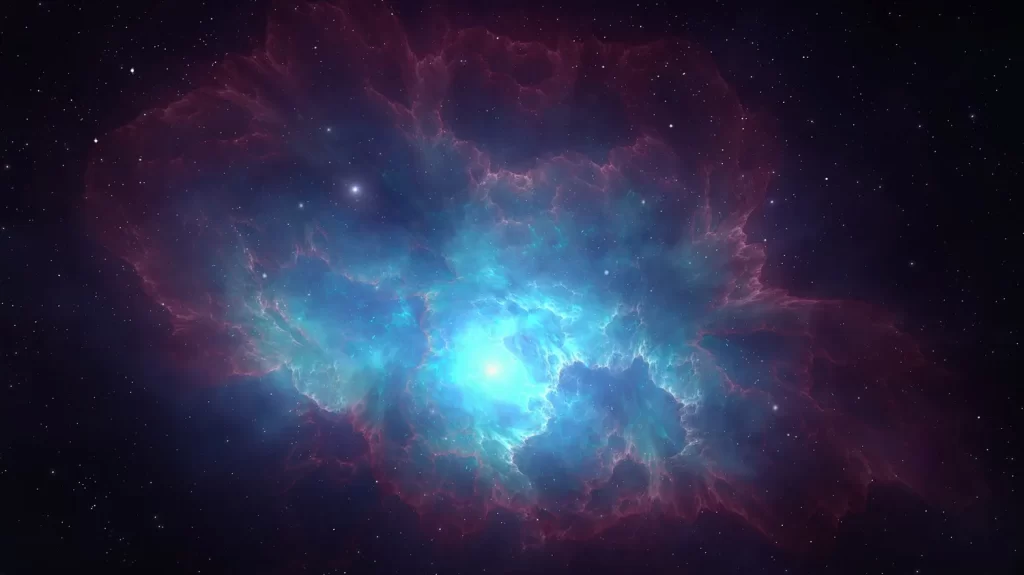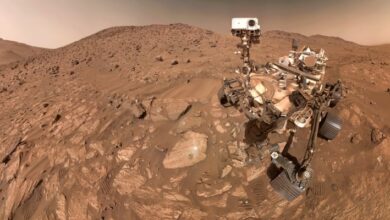Scientists Discover Water Cloud in Space: It May Shed Light on the Origin of Water

Observing the process between the planet and the formation of comets, astronomers discovered a cloud of water floating in deep space. The new discovery may shed light on the origin of water.
Astronomers studying the formation of a distant star have discovered a water cloud floating in deep space about 1,300 light-years from Earth in the constellation Orion. According to a new article published in Nature, it is stated that the water in the cloud is the same as on Earth, but contains heavy water (D2O).

Scientists Discovered Water Cloud in Deep Space
With a little reminder, today heavy water (D2O) allows the use of natural uranium as fuel in reactors. This molecule, which is 10.6 percent denser than regular water and has a very similar chemical formula, contains two deuterium atoms and one oxygen, compared to water, which contains two hydrogen atoms and one oxygen atom. It’s “heavy” because it contains deuterium, known as heavy hydrogen, instead of hydrogen.
In many cases, water found in space is discovered in comets, often in the form of water ice, and even planets orbiting in belts and asteroid fields. The discovery is also interesting because for the first time, astronomers have been able to measure the composition of water in a protoplanetary disk.
The majority of scientists think that icy comets or asteroids slammed into the Earth’s surface and melted. So how did these bodies get water in the first place? The discovery of this water cloud in space may have given us this answer.
This is because comets are typically made up of debris that is involved in the formation of planets. Astronomers who observe the process between the formation of planets and comets explain that water is an essential molecule in the process of star and planet formation and acts as a catalyst within star/planet formation discs. Therefore, the concentration of water found in this particular disc may offer new insights into the origins of water in our solar system.






